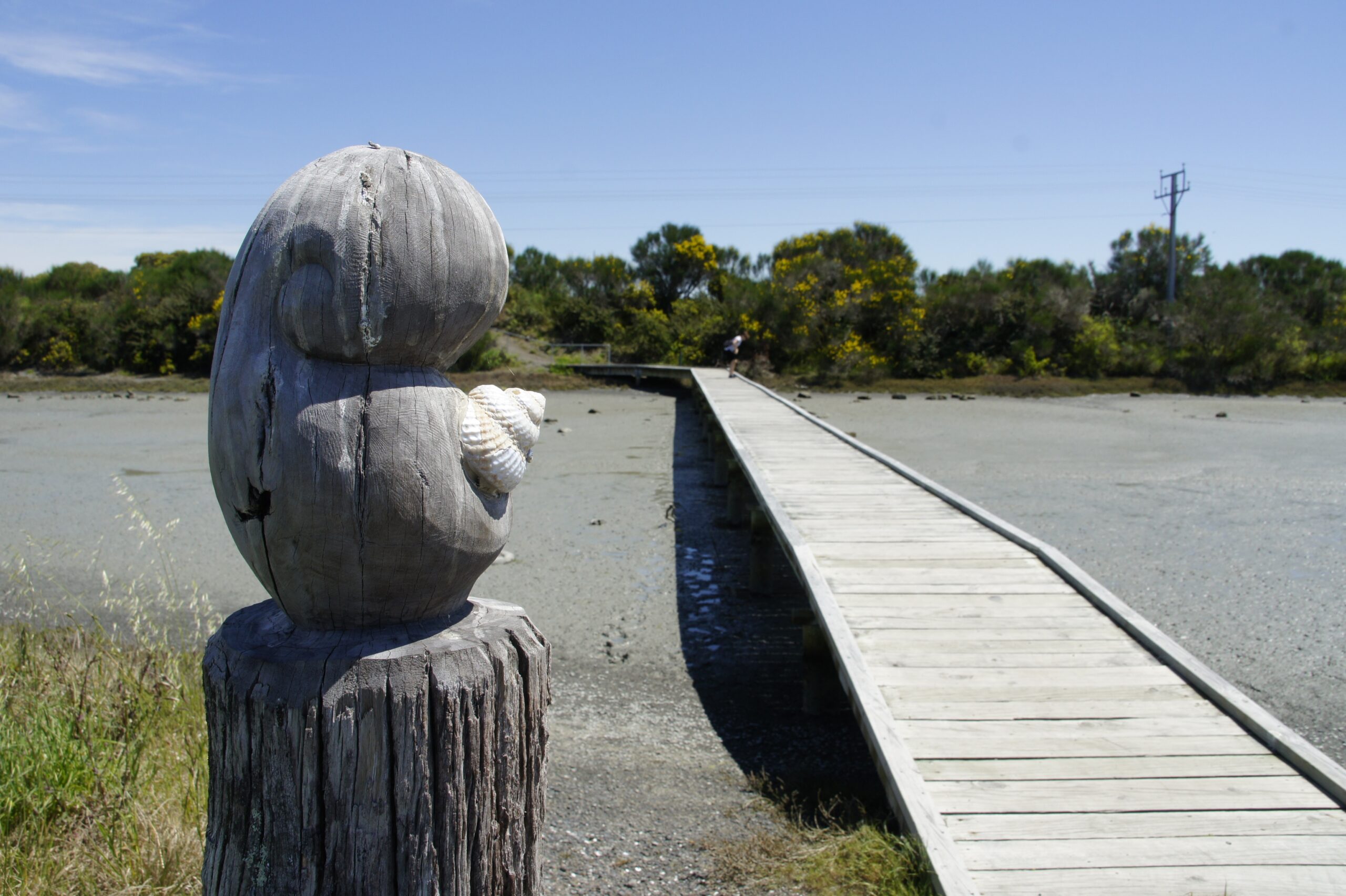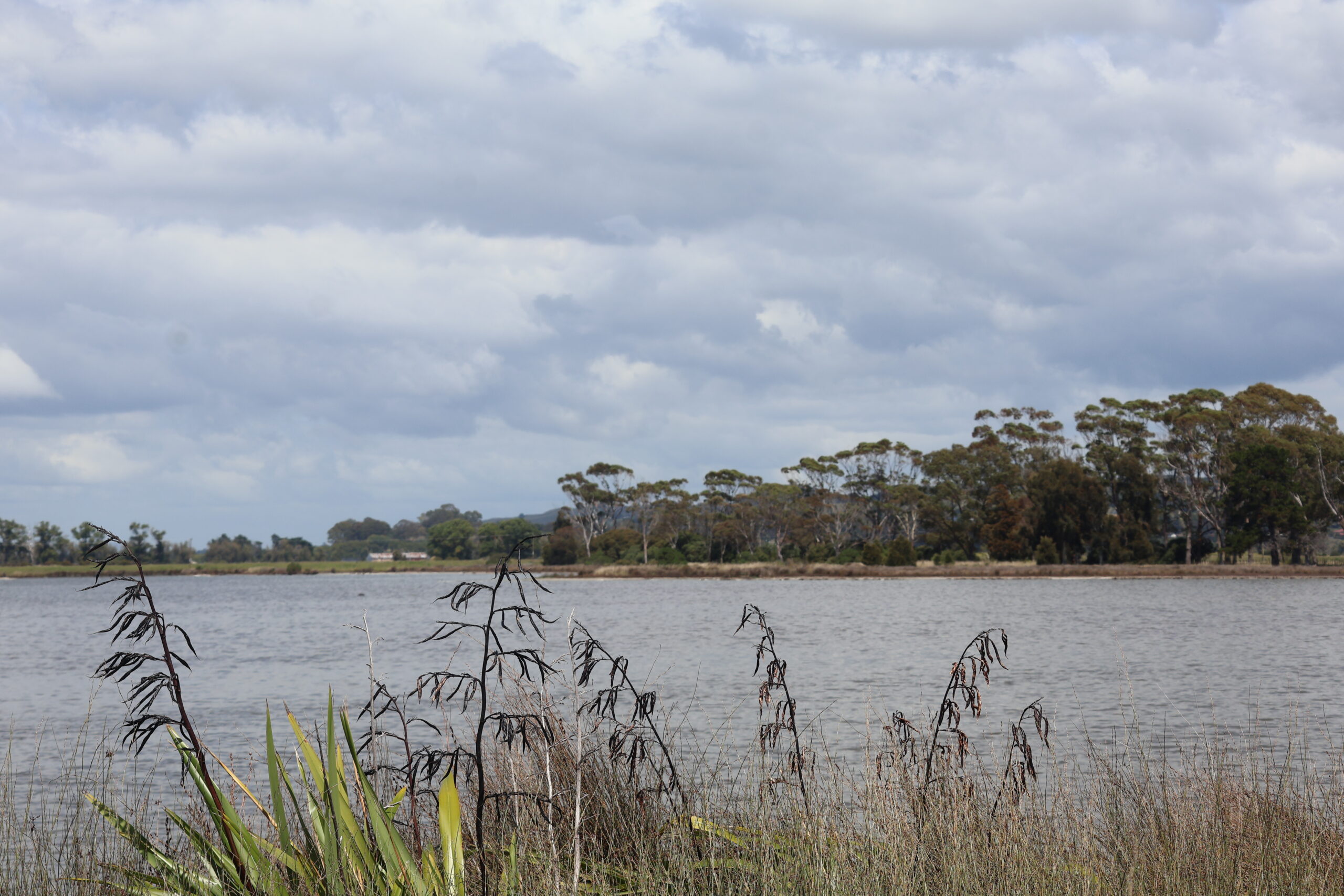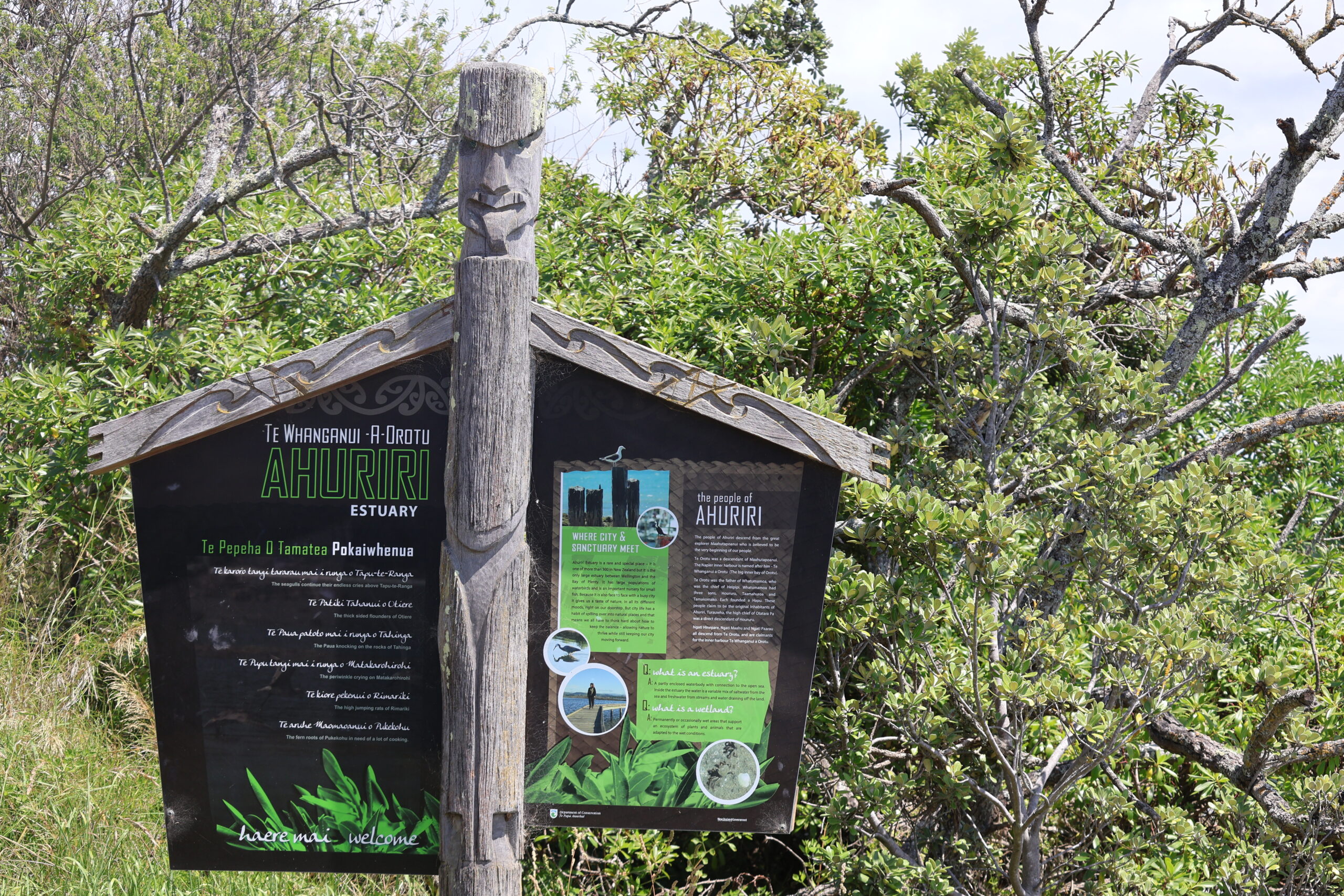Te Muriwai o Te Whanga Plan
The role of Te Komiti and the Plan.
What is a plan?
A plan is used to record and share a collective vision. It articulates a series of steps to deliver this vision. The Te Muriwai o Te Whanga Plan (the Plan) outlines values, objectives, outcomes, indicators, and initiatives required to achieve the desired vision.
What is the purpose of the plan?
This is an overall coordinating plan for the Ahuriri and catchment areas -Te Muriwai o Te WhangaPlan. The scope of the area within the statutory mandate of the plan is outlined in Appendix B.
The purpose of the Plan is to acknowledge the whakapapa and current state of Te Whangaand, with integrated management, propose future initiatives and changes that protect and enhance the environmental, economic, social, spiritual, historical and cultural values of Te Muriwai o Te Whangafor present and future generations.
This initial Plan is a starting point for Te Komiti and other stakeholders to restore the health of Te Whanga as the “storehouse” it once was. The Plan provides both a strategy and associated action plan to guide, promote, and fulfill legislated mechanisms and other activities.
The Plan aims to create short, medium and long term change through coordination of activities, associated investment, planning changes, and a comprehensive monitoring, evaluation, and review approach.
How was it developed?
The Plan was developed through collaboration of interested individuals and organisations, while also ensuring compliance with relevant requirements specified in TeKomiti terms of reference for the Plan’s development.
How will the plan be achieved?
All partners of Te Komiti are accountable as kaitiaki of Te Muriwai o Te Whanga. How this accountability works in relation to other plans is outlined on the following page in more detail.
All individuals and entities are required to consider, in particular, the values and objectives outlined in the Plan when preparing, reviewing, or approving a conservation management strategy or plan related to Te Muriwai o Te Whanga, or when making decisions under any conservation legislation pertaining to the area.

How will the plan achieve its vision?
Influence on Resource Management and Local Government Decision-Making.
The Plan will be a document that the territorial local authorities (TLA) (HBRC, NCC, and HDC) must give regard to in both their planning instruments, as well as their investment mechanisms (see Appendix A for further detail of how this works). This means, the Te Muriwai o Te Whanga Plan needs to be considered in decision making, consent granting, and policy forming for the relevant TLA depending on the location of the matter.
Regulatory
The Te Muriwai o Te WhangaPlan significantly influences Resource Management Act 1991 planning documents and resource consent decisions. Local authorities must give regard to the plan when preparing or amending regional policy statements, regional plans, or district plans if its contents pertain to resource management issues and if it is the most appropriate means to achieve the Act’s purpose.
Any required reports or decisions must explicitly state compliance with the plan. Additionally, when evaluating resource consent applications for activities within Te Muriwai o Te Whanga, authorities must consider the Plan’s relevance and necessity in determining the application. Definitions for terms like “policy statement” and “plan” are providedfor clarity in the glossary.
Non-Regulatory
The Plan’s relevance extends to local government matters under the Local Government Act 2002, where any local authority making a non-regulatory decision (including funding decisions) under The Act pertaining to Te Muriwai o Te Whanga, needs to have regard to this Plan. This can apply to decision making related (but not limited) to local Asset Management Plans, Ahuriri Catchment Plans, Annual and Long Term Plans.
Other | Conservation
The Plan’s influence also extends to conservation matters. Any person or entity must take into account the values and objectives set out here, when preparing conservation management strategies / plans or making decisions under conservation legislation related to Te Muriwai o Te Whanga.The values and objectives are further articulated in the rautaki of this plan.

Current State of Te Taiao o Te Whanga
Understanding where this plan is starting from.
To ensure effective planning, it is crucial to have a solid grasp of the current state of the estuary. We have included a high-level overview here. Additionally, the action plan provides a list of current and ongoing initiatives from partners and interested parties, offering insight into the extensive work in place prior to this plan becoming ‘live’.
Whenua/Land
- Once a larger lagoon, Te Whanganui-a-Orotuuplifted by over 1.5 metresafter an earthquake, and subsequent land reclamation and drainage reduced its size to around 470 hectares. Now a microtidal, well-mixed lagoonamidst Napier City’s urban, industrial, and agricultural zones, it spans 4.7 square kilometres, featuring shallow expanses, extensive intertidal areas, and a maximum depth of 2.6 metres in the main tidal channel. Categorised into three sub-estuaries, with the boat harbor near the coast, the western boundary is marked by the Pandora Bridge.
- The Ahuriri Catchment is a landscape shaped by urban, industrial, and agricultural influences. It hosts significant rivers like the Tūtaekurī and Te Waoihinangawhichflowalong with smaller watercourses like the Taipo Stream. These water sources collectively impact the quantity and quality of water entering the Ahuriri Estuary, underscoring the necessity of understanding the Ahuriri Catchment for effective environmental management and sustainable development in the broader Hawke’s Bay area.
Wai/Water
- Elevated sediment levels in Ahuriri and Waitangi Estuaries, with a shift from sandy to muddy sediments due to terrestrial contributions, pose challenges such as reduced light forplants, altered habitats, and potential harm to animals. The Lower Ahuriri comprises predominantly medium sands, while high mud levels in Upper Ahuriri and Waitangi impact sensitive organisms, exacerbated by land claim activities binding contaminants to fine sediments. Deforestation, urbanisation,and industrialisationexpedite sedimentation, leading to elevated heavy metals in sediments.
- The estuary, characterised by shallow, microtidal conditions, relies on semi-diurnal tides for effective hydrodynamics. Despite minimal freshwater inflows primarily from the Taipo Stream and a 10:1 saltwater to freshwater ratio, over 70% of Napier’s stormwater runoff enters the estuary, compromising water quality with untreated sediment and contaminants, including excessive phosphorus and nitrogen levels. The presence of fan worms further exacerbates challenges.
Mauri/Biodiversity
- The Ahuriri Estuary is a vital wetland supporting 29 fish species and over 70 water bird species of particular significance are the critically endangered Bittern and the flounder and cockle species, with the lower estuary serving as a known nursery for yellow belly flounder. Recognisednationally for its wildlife and fisheries habitat, it showcases the region’s unique geological processes. Despite human modifications, it maintains diverse habitats and ecological communities.
- Five smaller wetlands within the complex further enhance its ecological value. The estuary serves as a crucial refuge for a wide array of species. Additionally, hosting thirty-three recorded invertebrate species, the estuary biodiversity underscores its significance as a habitat for various regional species.

Future Impacts
Climate change and human impact will further affect Te Taiao.
Future Driver - Rise in Sea Level
Expected Implications
- Inundation: Rising sea and ground water levels can lead to the inundation of estuarine habitats, submerging wetlands, marshes, and tidal flats. Existing stop banks along the outfall channel have been built to protect the adjacent land areas.
- Erosion: Increased water levels can accelerate coastal erosion, reshaping the estuary and potentially leading to the loss of land.
- Salinity changes: Higher sea levels can push saltwater further upstream into estuaries, altering the salinity balance and affecting the freshwater and it’s species.
- Loss of wetland: Rising sea levels and increased rainfall/storm surges can cause theloss of vital wetland habitats affecting many species.
Future Driver - Temperature Increases
Expected Implications
- Water Temperature: Increased sea level temperatures can affect the water temperature within estuaries, influencing the metabolism, reproduction, and distribution of aquatic species.
- Air Temperature: Increased air temperatures can alter the estuarine environment and contribute to heat stress on local flora and fauna.
Future Driver - Change in Rainfall Patterns
Expected Implications
- Increased rainfall: More intense and frequent storms can lead to greater runoff and flooding, increasing sediment and pollutant loads in estuaries, putting added pressure on stormwater catchments.
- Drought: Reduced freshwater input during droughts can increase estuarine salinity and alter the species habitats.
Future Driver - Biodiversity Shifts
Expected Implications
- Species Migration: Changes in temperature and salinity can cause shifts in species distributions, with some species moving to more suitable habitats and others potentially facing local extinction.
- Invasive Species: Altered conditions can make estuaries more susceptible to invasive species, which can outcompete native species and disrupt ecosystems.
Future Driver - Increased Urban Pressure
Expected Implications
- Coastal development: Infrastructure development can further stress estuarine environments leading to habitat loss and increased pollution.
- More visitors: An increase in foot traffic to the estuary can expect to have various impacts including; economic benefits from an increase tourism revenue, education opportunities from greater public awareness, more pollution from littering and wildlife disturbance.
